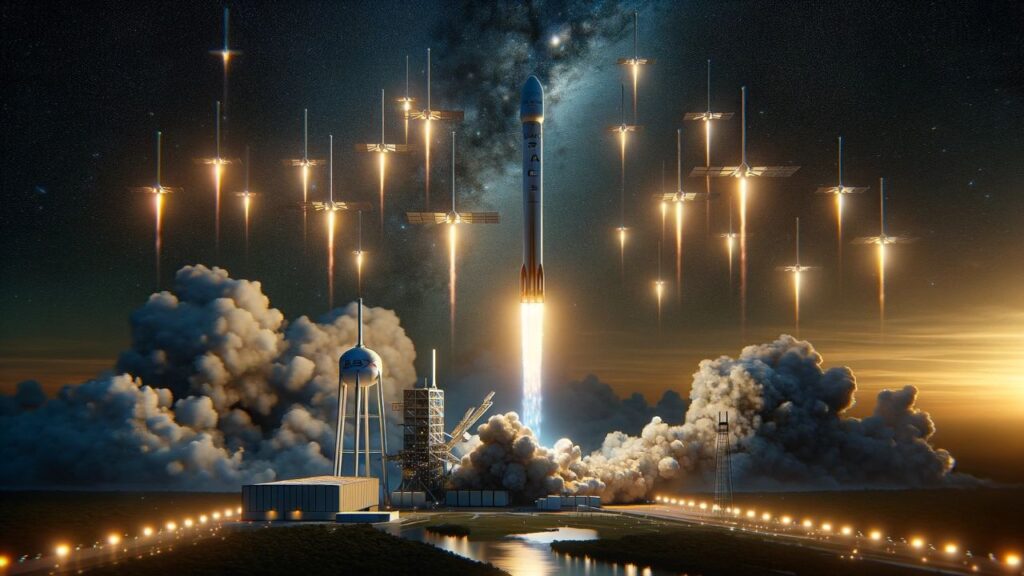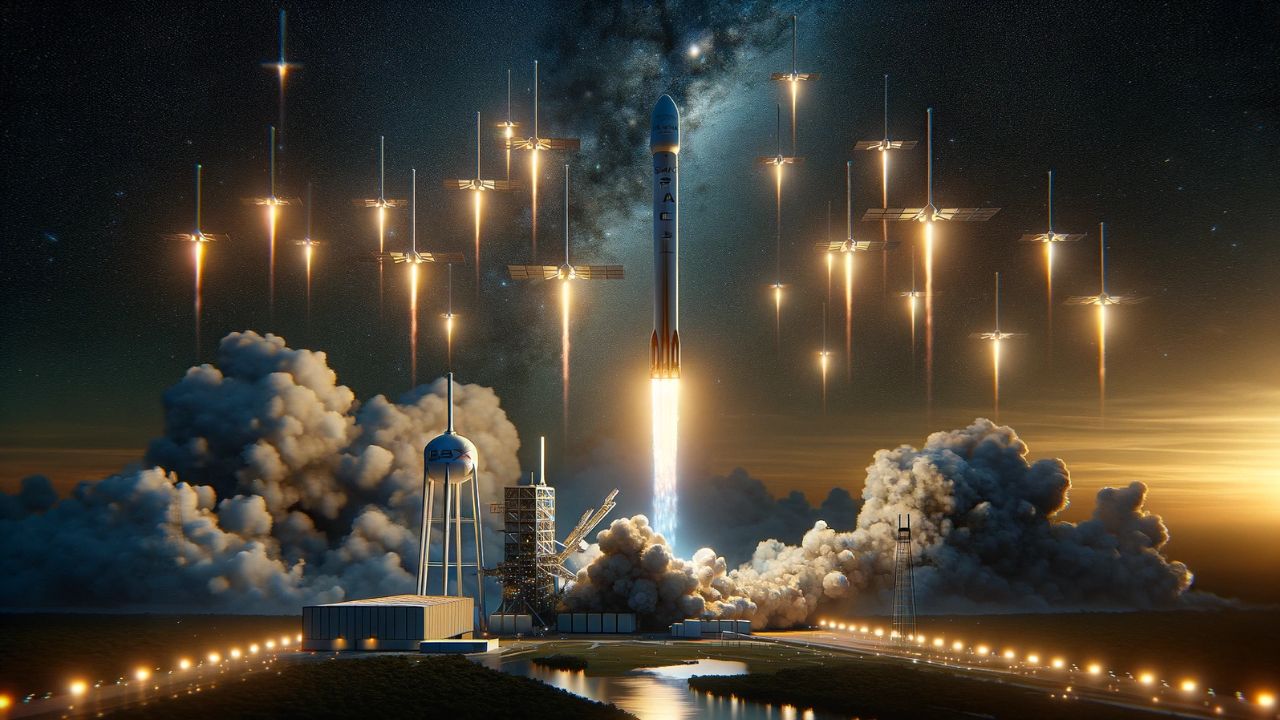SpaceX, Starlink satellites, Falcon 9, global internet, satellite launch, low Earth orbit, SpaceX Starlink project, global broadband, space exploration, aerospace technology, satellite constellation
“Discover the latest achievement of SpaceX as it launches 23 Starlink satellites from Florida, advancing its mission to provide global high-speed internet. Explore the details of this monumental launch, the technology behind the Falcon 9 rocket, and the future implications for global connectivity and space exploration.”

SpaceX, the leading private aerospace manufacturer, achieved another milestone in its ambitious Starlink project by successfully launching 23 satellites from Florida. This event marks another significant step in SpaceX’s goal to provide global broadband internet coverage, especially in remote and underserved areas.
Launch Overview
The launch took place at the Kennedy Space Center in Florida, utilizing SpaceX’s workhorse Falcon 9 rocket. This mission, designated as one of the many Starlink launches, aimed to deploy satellites into low Earth orbit (LEO). These satellites are part of SpaceX’s plan to create a megaconstellation to provide high-speed internet access across the globe.
Mission Details
The Falcon 9 rocket lifted off flawlessly, carrying 23 Starlink satellites. The first stage of the rocket, demonstrating SpaceX’s commitment to reusability, successfully landed on the drone ship “Of Course I Still Love You” stationed in the Atlantic Ocean. This recovery marked yet another success in SpaceX’s efforts to reduce the cost of space access.
Starlink Project Goals
Starlink, a project initiated by SpaceX, seeks to establish a network of thousands of satellites in LEO. The primary goal is to provide high-speed, low-latency internet service worldwide. This is particularly aimed at improving connectivity in rural and remote regions where traditional internet infrastructure is either weak or nonexistent.
Technical Aspects of the Launch
The Falcon 9 rocket used in this launch is known for its reliability and reusability. The rocket’s first stage has been used in multiple previous missions, underscoring SpaceX’s success in achieving rapid turnaround times and reducing launch costs. The deployment of the satellites into their intended orbit was executed with precision, demonstrating SpaceX’s growing expertise in satellite technology and orbital mechanics.
Impact on Global Connectivity
The addition of 23 satellites to the Starlink constellation significantly boosts its capacity to provide global internet coverage. As more satellites join the constellation, the network’s coverage and performance are expected to improve, offering faster internet speeds and lower latency to users around the world.
Future of Starlink and Space Exploration
SpaceX’s continuous launches for the Starlink project are a testament to the company’s vision for the future of space exploration and its commitment to enhancing global communication. With each successful launch, SpaceX moves closer to achieving its goal of not only commercializing space travel but also creating a globally connected world through advanced satellite technology.
Environmental and Regulatory Considerations
As the Starlink constellation grows, SpaceX continues to address concerns related to space debris and the impact of its satellites on astronomical observations. The company has been working on making the satellites less reflective and ensuring responsible deorbiting practices to mitigate these concerns.
Conclusion
SpaceX’s successful launch of 23 Starlink satellites from Florida is more than just a routine space mission; it represents a leap forward in the quest for global internet coverage. Through its innovative technology and vision, SpaceX is not only advancing the frontiers of space exploration but also laying the groundwork for a more connected and accessible world. As the Starlink network expands, it promises to bring transformative changes to how we access and use the internet across the globe.
Read Also-
- SpaceX-NASA Crew 8 Mission: Launching New Horizons to the ISS
- NASA and SpaceX 30th Resupply Mission to ISS: Live Launch and Coverage
- NASA’s Tiny BurstCube Mission: A Giant Leap in Cosmic Exploration
- NASA and Blue Origin& Orbital Reef: Pioneering the Future of Space Habitats










